Though the hobby has evolved throughout the decades, one theme has remained constant: Model railroaders are a resourceful bunch. There are many in the hobby community who have a knack for looking items not for what they are, but for what they might become. In this article, we’ll take a look at 10 household items for model railroading. You might be surprised how many of these items you already have in your house.
Airplane bottles
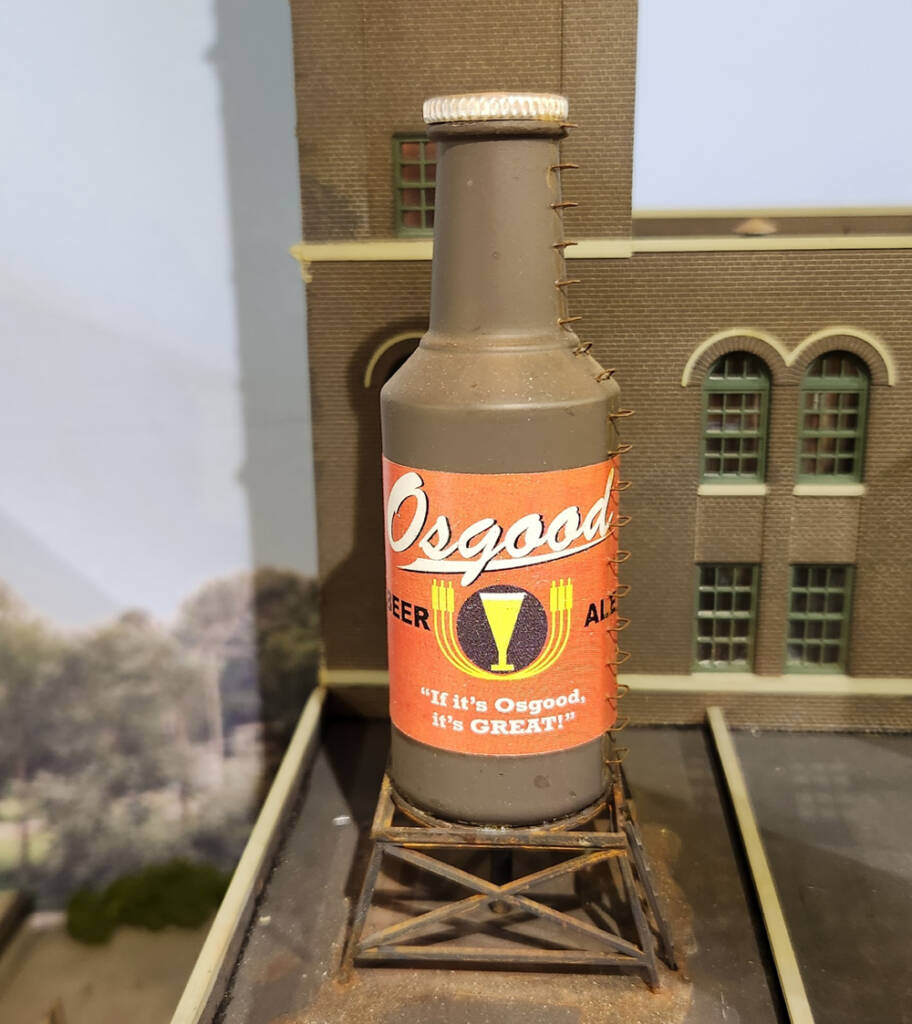
If you’ve ever flown on an airplane and purchased an alcoholic drink, chances are it came in a miniature plastic bottle. The bottle (and cap) are perfect, eye-catching scenery items for factories and breweries. On my layout, the water tower for Osgood Brewery is made from an airplane bottle. I painted it brown, added a grab iron ladder, and glued on a label. Then I mounted it on a stand on my brewery’s rooftop. — Gerry Leone, contributing editor, Trains.com Video
Bendable straws
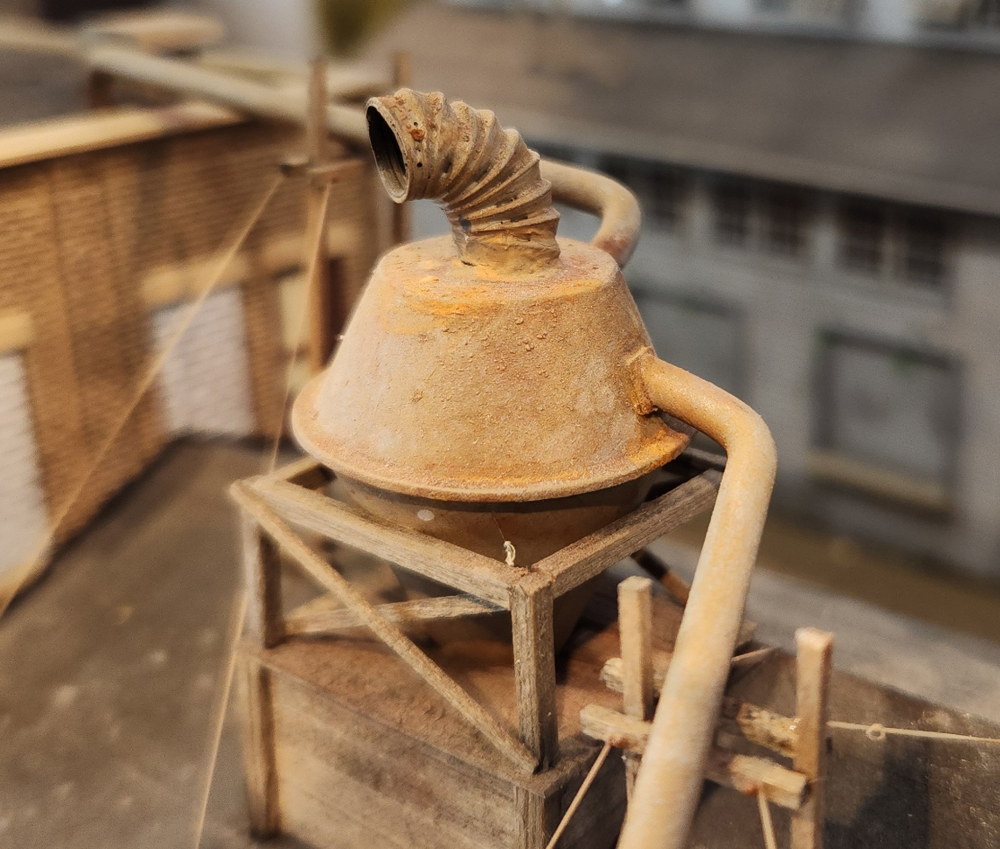
Many factories and industries have cyclone-type dust collectors on their roofs. They’re easy to scratchbuild from styrene, but making the blower outlet always perplexed me until I looked at a bendable plastic straw. I used a short piece and painted it the same color as the dust collector. It turned out very convincing. — Gerry Leone
Cardboard egg cartons
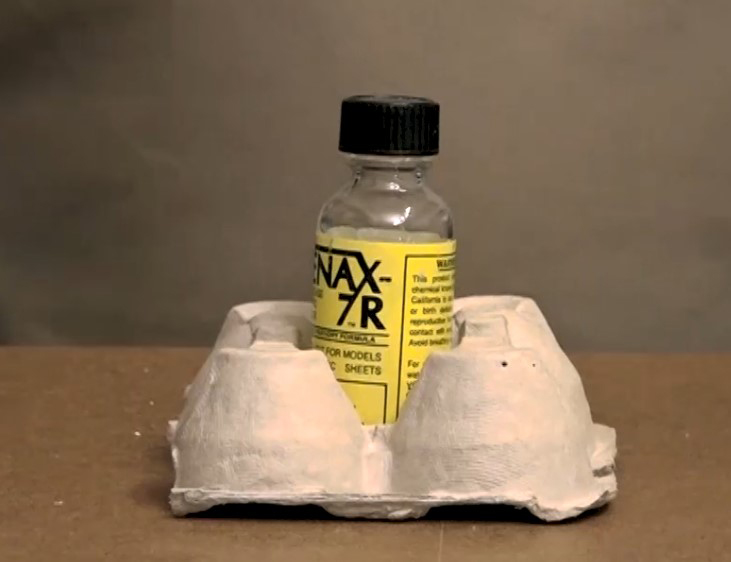
Have you ever accidently knocked over a bottle of styrene glue or decal setting solution, spilling it all over your workbench? Now’s the time to make it virtually spill-proof. All you need is part of a cardboard egg carton. Discard the top of the carton, cut out four connected egg wells, turn it upside-down, and voila! Your bottle of Plast-I-Weld, Plastruct Plastic Weld, Micro-Sol or Zip Kicker will fit between the wells perfectly, letting it stand up to accidental bumps. That saves you money and clean-up time. — Gerry Leone
Two takes on wood clothespins
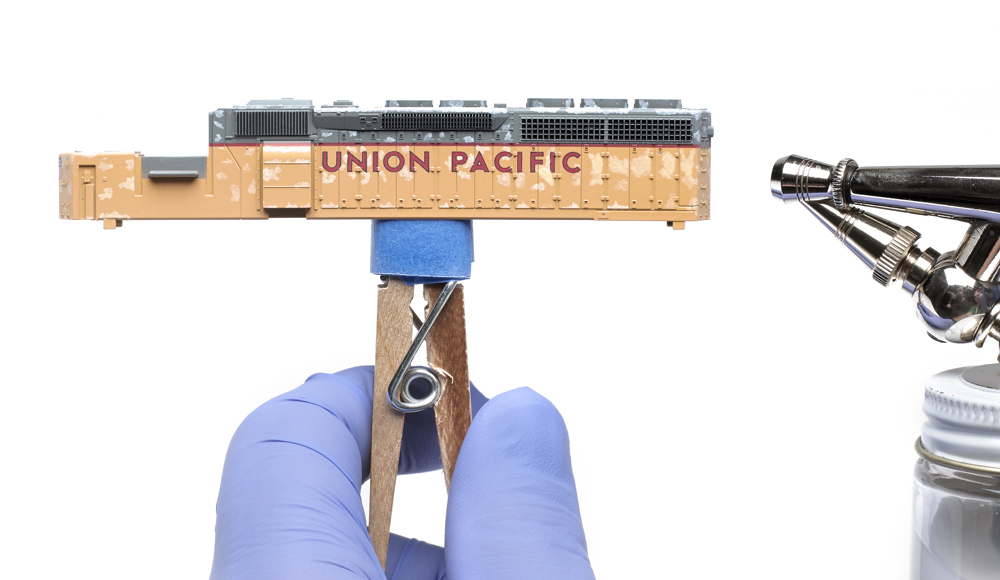
My primary modeling scale is HO, so most of my modeling tools revolve around that scale. When I was working on an N scale Electro-Motive Division SD40-2 diesel locomotive for the May 2016 Model Railroader, I needed a paint handle to hold the shell for airbrushing. The solution? A wooden clothespin.
To ensure the model wouldn’t slip off the improvised paint handle, I applied a loop of masking tape (sticky side out) near the top of the clothespin and pressed it against the inside of the shell. — Cody Grivno, senior editor
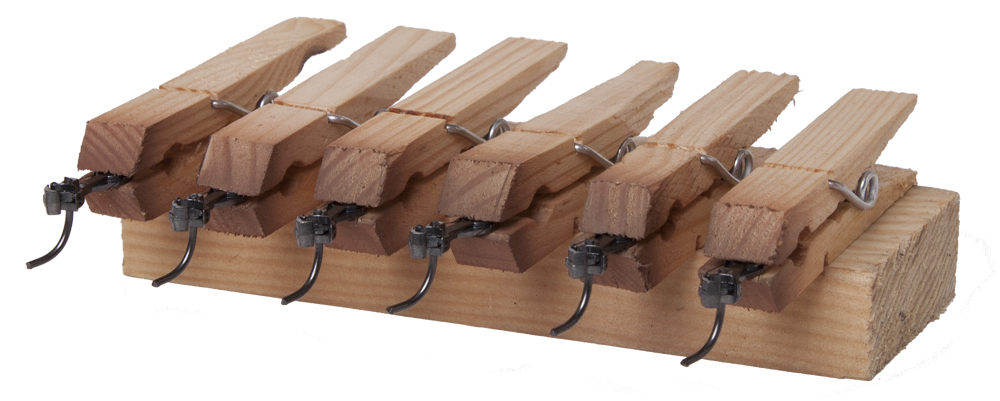
I made this simple system from clothespins to hold couplers and other small parts for airbrushing. First, I cut the tips of the clothespins at a 45-degree angle. Then I attached them to a wood block with carpenters glue. — Pelle Søeborg, contributing editor, Model Railroader
Multi-drawer plastic storage units
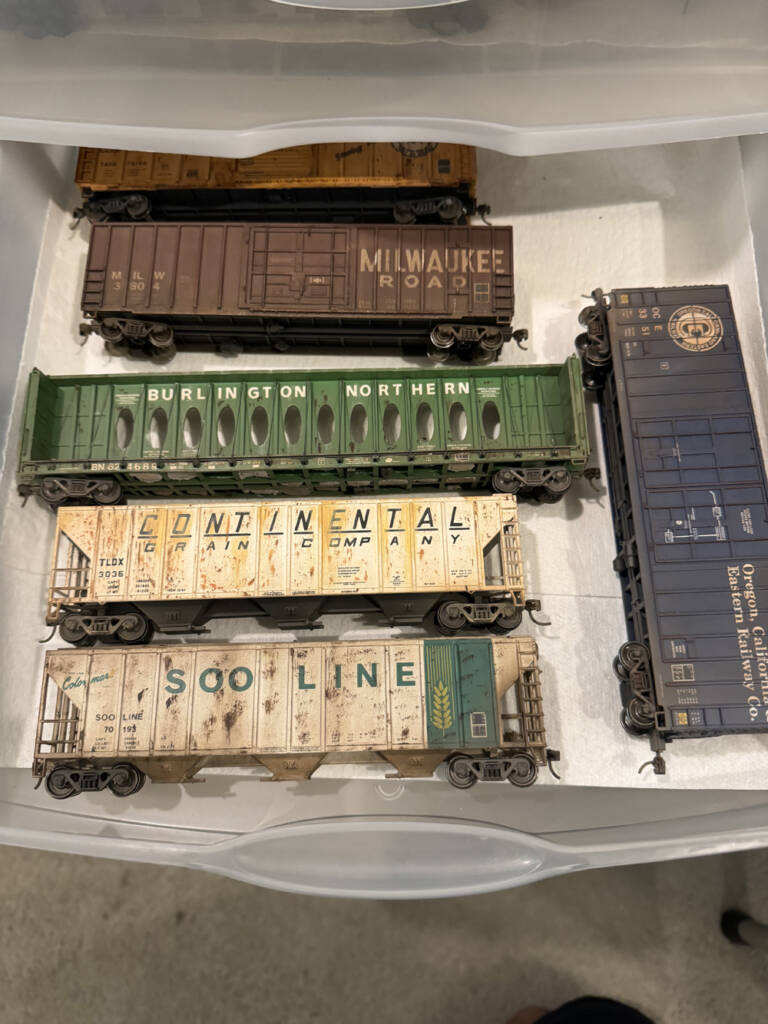
Several years ago, I was looking for an inexpensive way to store my excess rolling stock. While at a big-box retailer (Walmart, if I remember correctly), I spotted multi-drawer plastic storage units. They are offered in different sizes, but I’ve found the stackable three-drawer version works best for me.
Before placing rolling stock in the drawers, I line the bottom with plain white paper towels. This gives the cars a bit of cushion so they don’t rest directly on the plastic. Then I lay the cars on their sides in the drawers. I model in HO scale, so I can store five to six freight cars per drawer. I also use the units for tool and supply storage. — Seth Puffer
Reach extender
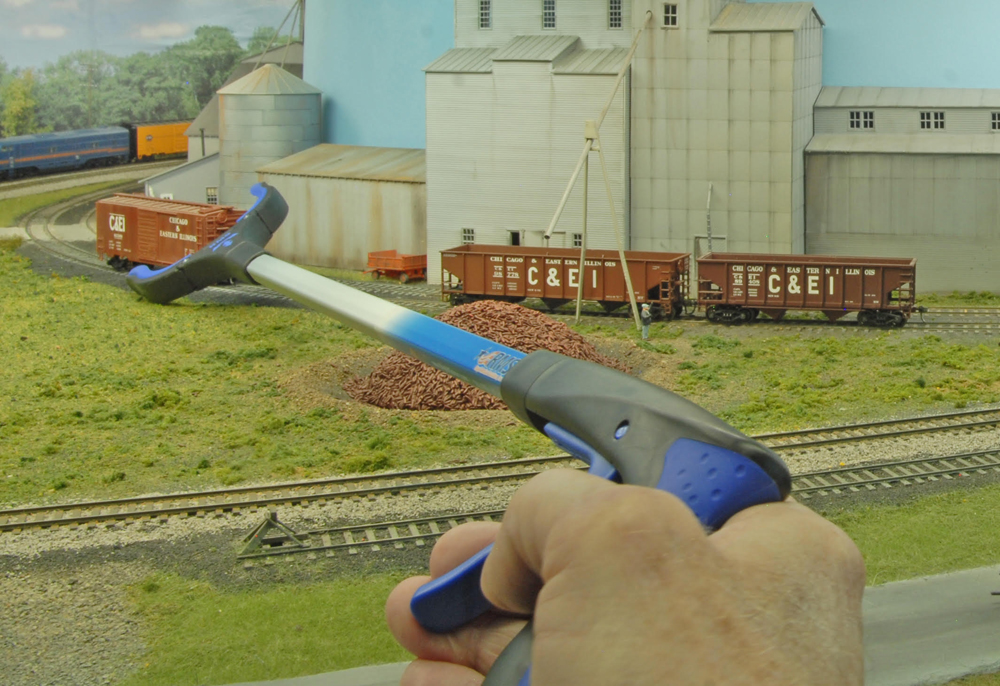
That spring-loaded, soft-jawed reach extender that you may keep around the kitchen to grab items on the top shelf can be a handy tool to use on the railroad as well. I’ve found it an easy and (usually) damage-free way to gain access to car or locomotive that is just out of reach and needs a nudge, or that’s derailed and must be lifted or dragged gently back to within arm’s length.
I’ve also used it to position structures waaaay back in a deep scene after applying dabs of canopy cement to their bases. The reach extender can also hold a small flashlight to illuminate hidden track that’s giving you problems to help you spot the source. I haven’t used it to plant trees on a distant hill or field, but I’ll bet that would work. — Tony Koester, editor, Model Railroad Planning
Pot scrubbers
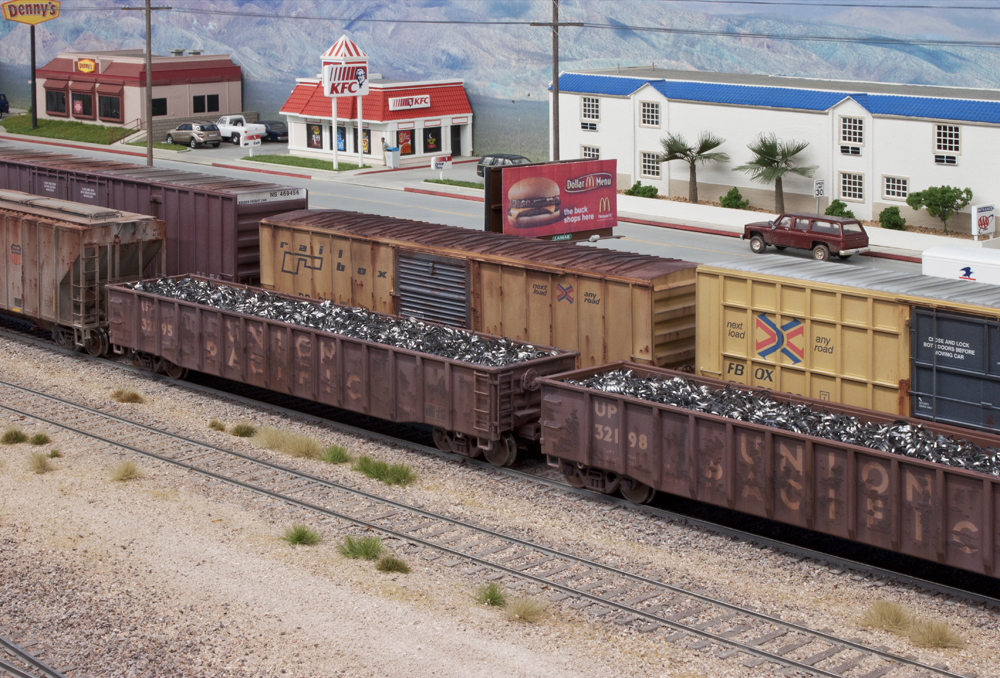
I’m always looking for different objects I can make loads for my freight cars from, and if something is inexpensive, it’s even better. One day while grocery shopping, I came across some stainless steel pot scrubbers. I figured they could, in some way or another, be turned into scrap metal loads for my gondola.
I cut the pot scrubber into small pieces with a pair of scissors. Cutting metal is pretty rough on scissors, so I don’t recommend using your best pair.
Filling an entire gondola with scrap metal uses up too much material. Since only the top layer is visible, I used styrene to make an elevated floor in the gondola. I glued some aluminum foil on top of the styrene to hide any bare spots that might show through the load.
I used thinned white glue to hold the pot scrubber bits in place. Then I sprayed the load with flat varnish to tone down the bright scrubbers while preserving the real metal look. — Pelle Søeborg
Spring clamps
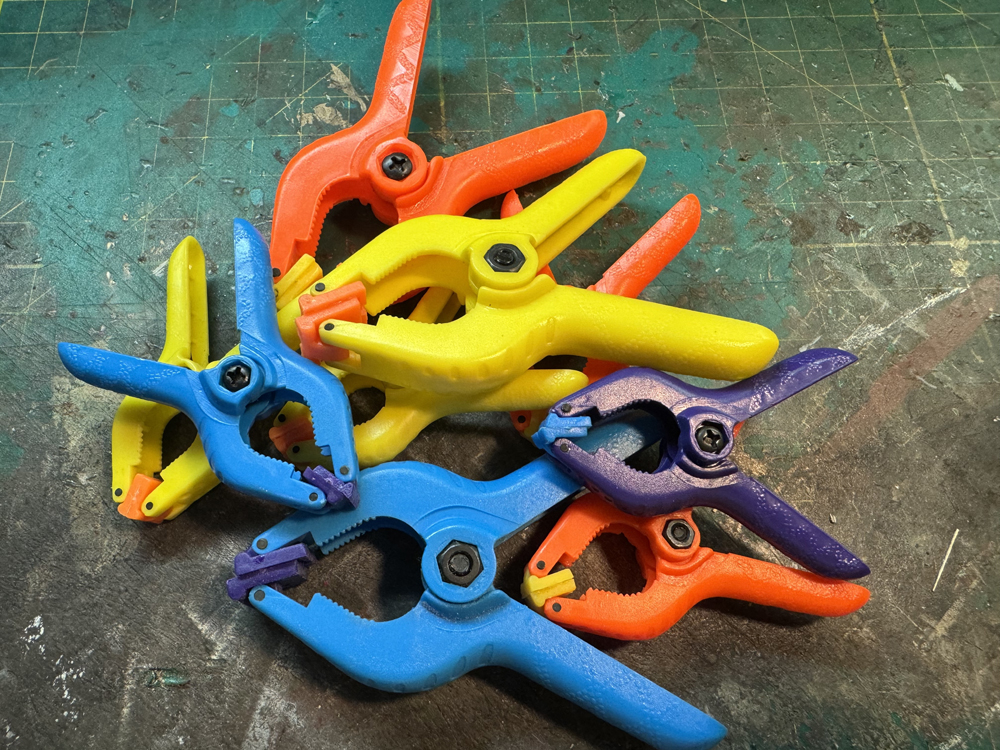
During a shopping trip to one of the chain dollar stores, I found inexpensive tools not necessarily designed for modeling. However, I’ve found plastic spring clamps apply the right amount of force to hold wood bracing in place while the glue dries. I’ve found them handy in other modeling applications, too.
My set came in a couple of different sizes, but I mostly use the smaller ones. They’re molded in a few different (and bright) colors of plastic, so you don’t have to worry about losing them. — Seth Puffer
Tile grout
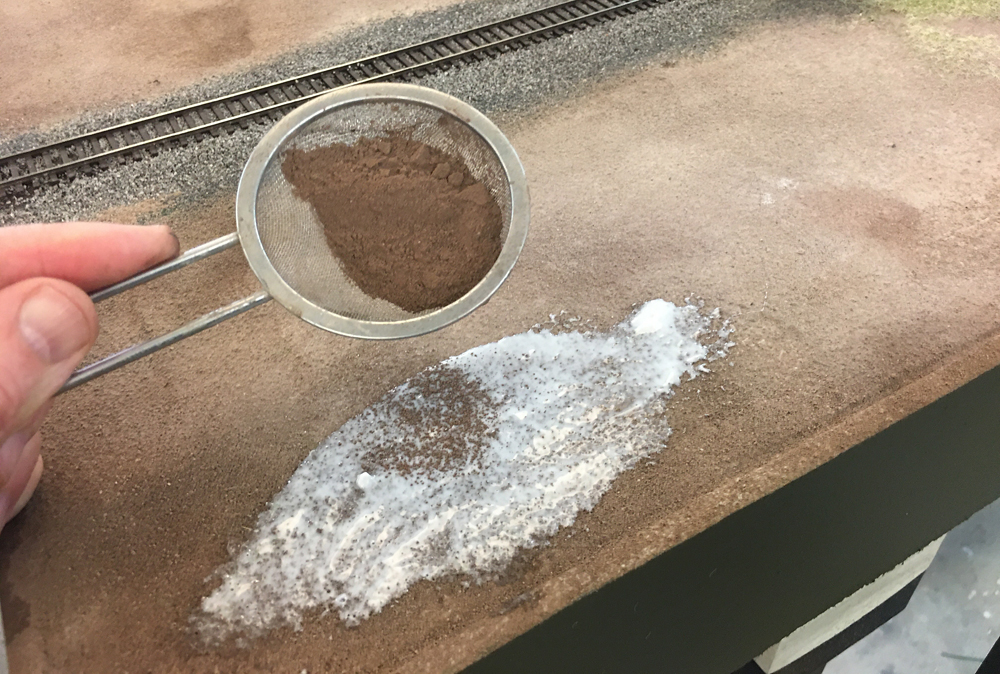
Recently I was at the hardware store and saw a color chart of earth tones posted on a display rack next to bags of grout. I’d always thought grout only came in whites and grays. Not so. The range of color was remarkably large and included many earth tones that looked like those we need for our modeling. The bags were large and – excuse the pun – dirt cheap.
I picked up a few colors, ran some tests, and was pleasantly surprised at both how easy it was to work with and how good it looked when dry. To adhere grout to the terrain surface, I brush a thin layer of white glue on the area. Then I sift the grout into the glue using a fine mesh sifter. Once the grout is in place, I spray it with a mix of dilute matte medium (1 part matte medium to 2½ parts water) using a fine mist spray bottle.
I found that after opening the bags, humid air will make grout start to harden and clump. To keep my grout dry and free-flowing, I store it in a large coffee can with a tight-fitting plastic lid. — Lance Mindheim, owner, The Shelf Layouts Co.
Trash bags
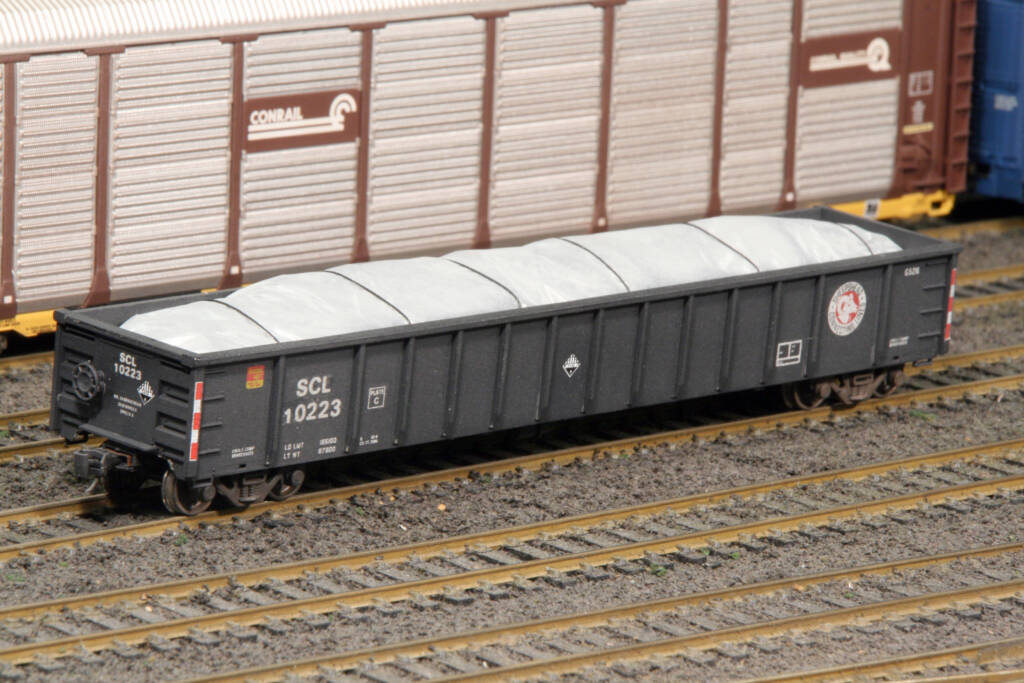
In the September 2013 issue of Model Railroader, I wrote “How to model a contaminated dirt load.” After shaping the load from gray plastic foam (the stuff used to pack model locomotives), I needed to wrap it. Full-size loads are covered with heavy-duty plastic tarpaulin, so I needed to find a similar thin plastic sheet, only on a smaller scale.
The solution was right under my nose. A trip to the kitchen yielded a plain white plastic trash bag (the kind without reinforcing, ribbing, or weaving). The material was thin, translucent, and flexible enough to stretch over the uneven load form and also leave natural creases. I used chart tape to simulate the tie-downs used on the full-size loads. M.R. Snell






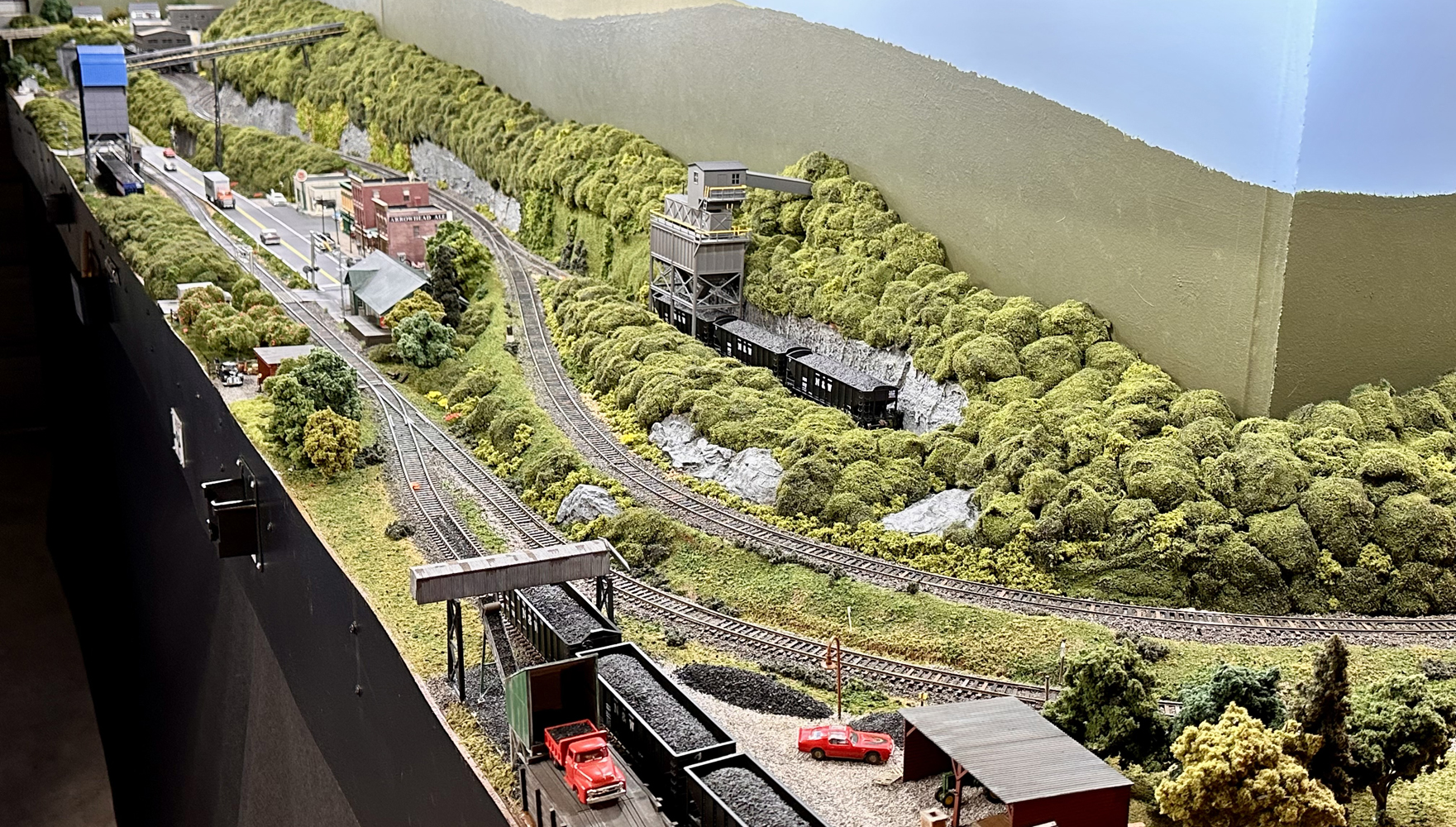
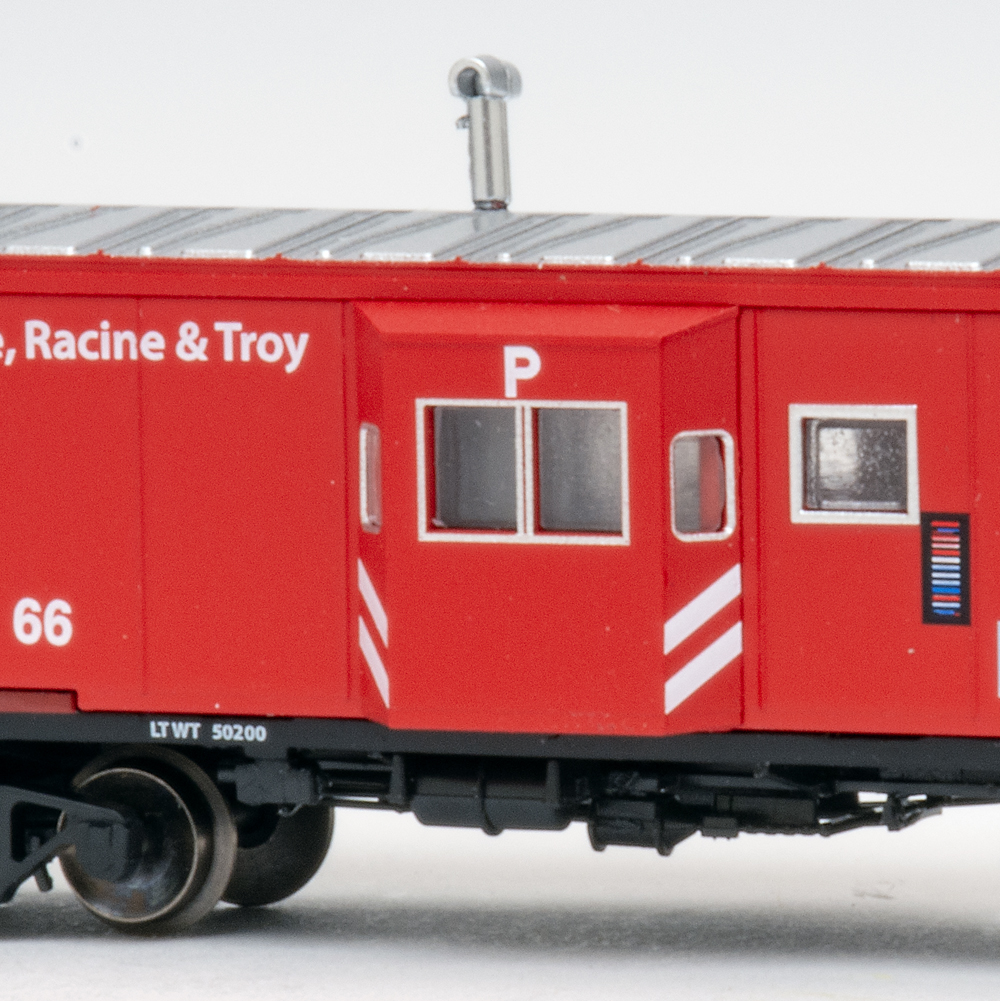
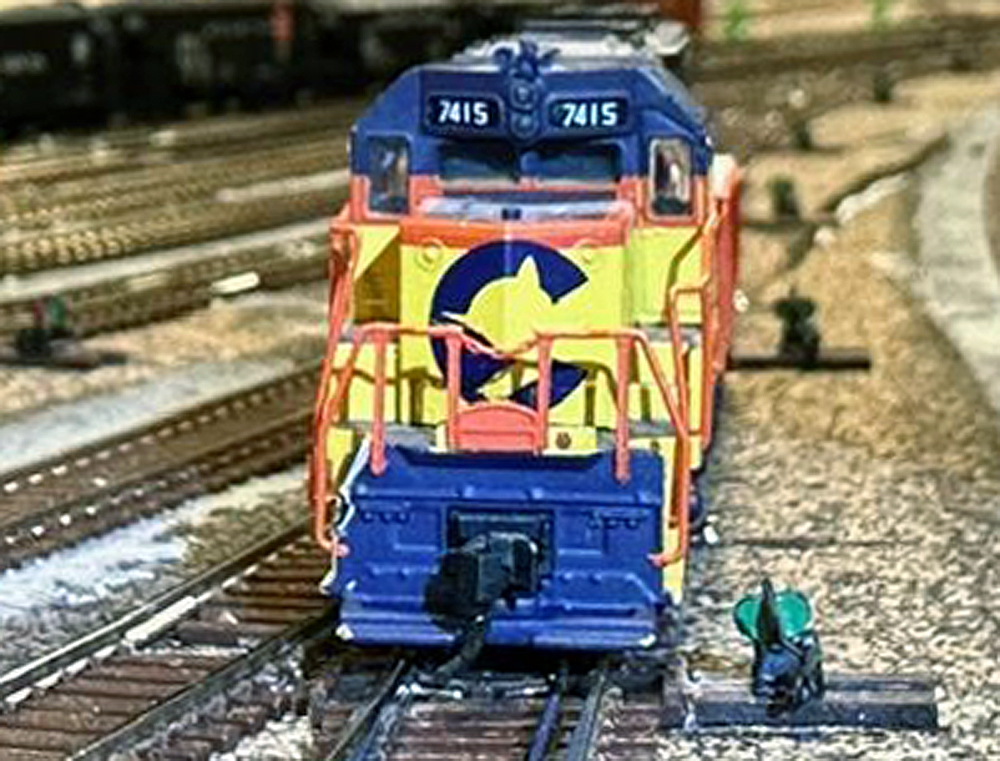
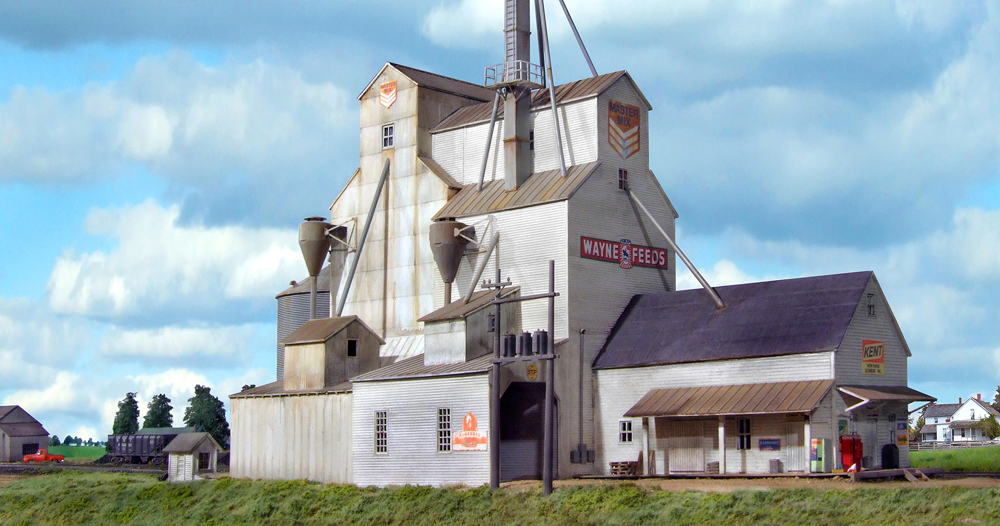
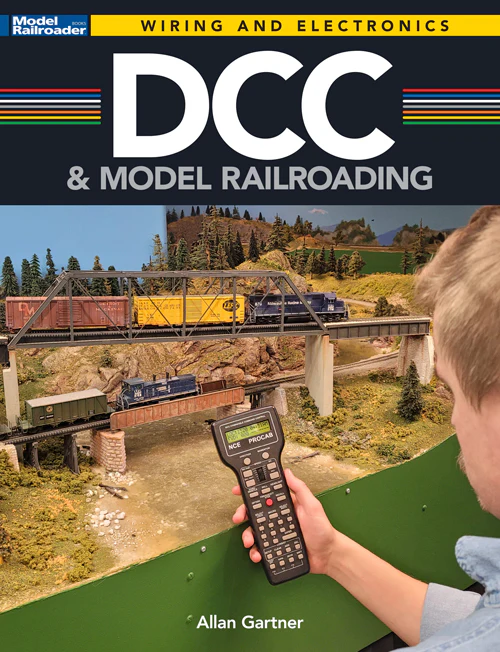

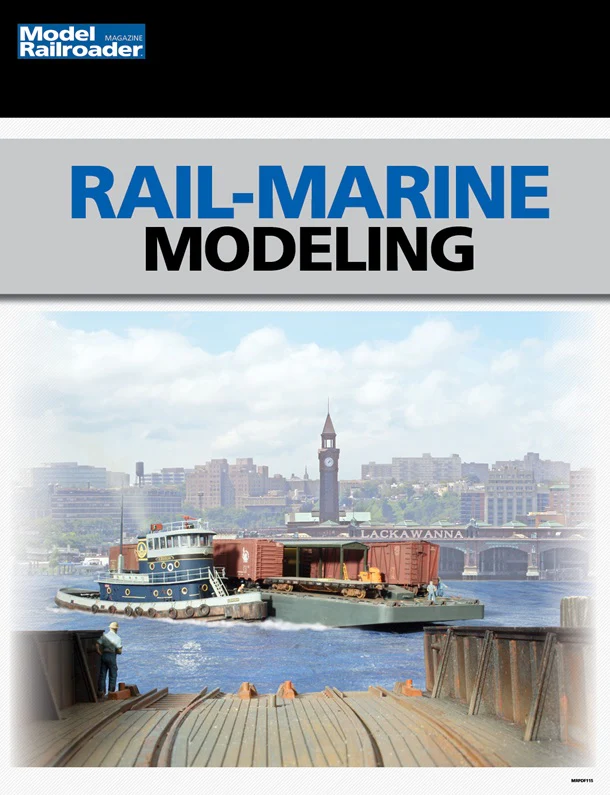

I haven’t tried it yet, but I’ve thought about using the bendy part of the plastic straws for corrugated drain pipe. Paint it weathered silver inside and out with maybe a little bit of rust and stick it below the edge of a road or driveway. You’d just need about 1/4-inch piece.
I can vouch for the clothespins, the “multi-drawer plastic storage units”, and the reaching tool. They saved my arse on more than one occasion…